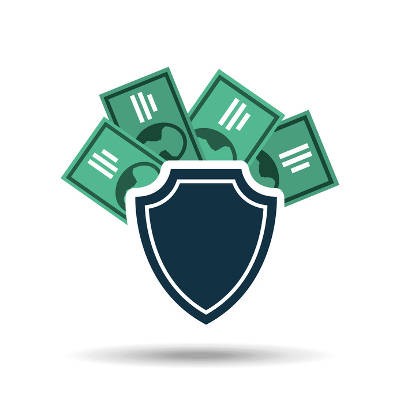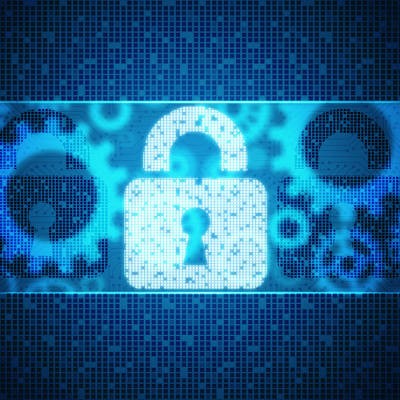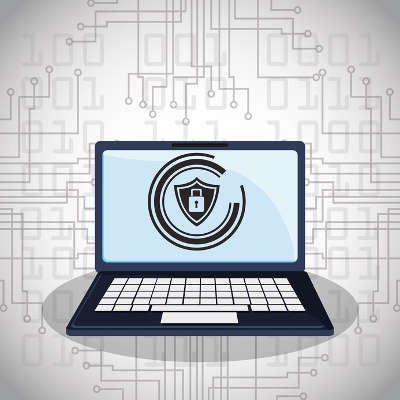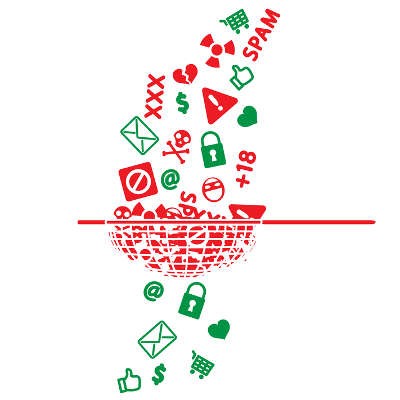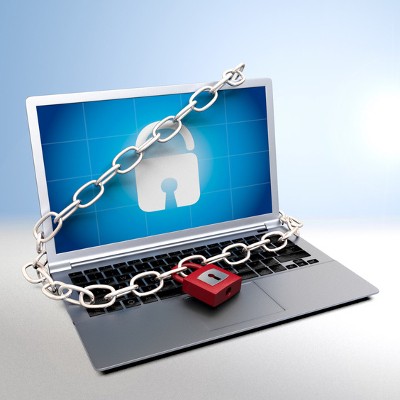In the course of doing business, many of today’s businesses have encountered some type of major security threat. As these threats get more and more sophisticated, you are beginning to see more businesses and other organizations enlisting the services of companies that are in business to keep their clients safe. We’ll take a look at some of the services that managed security service provides, and how it fits into a business’ IT strategy.
About Business Solutions & Software Group
Business Solutions & Software Group has been serving the South Florida area since 1997, providing IT Support such as technical helpdesk support, computer support and consulting to small and medium-sized businesses. Our experience has allowed us to build and develop the infrastructure needed to keep our prices affordable and our clients up and running.
Recent News
Contact Us
10211 W Sample Road Suite 114
Coral Springs, Florida 33065
Mon to Fri 9:00am to 6:00pm








